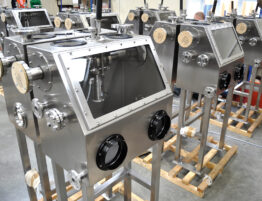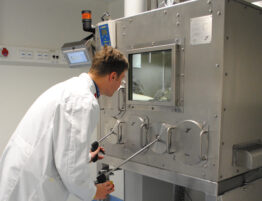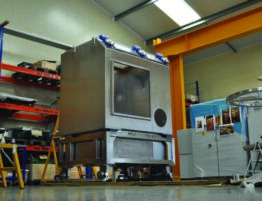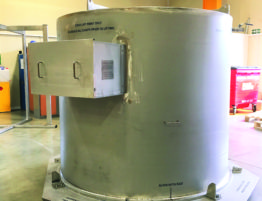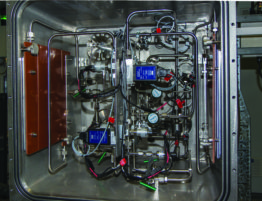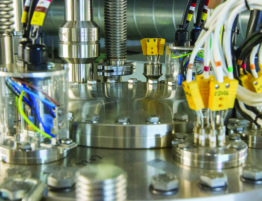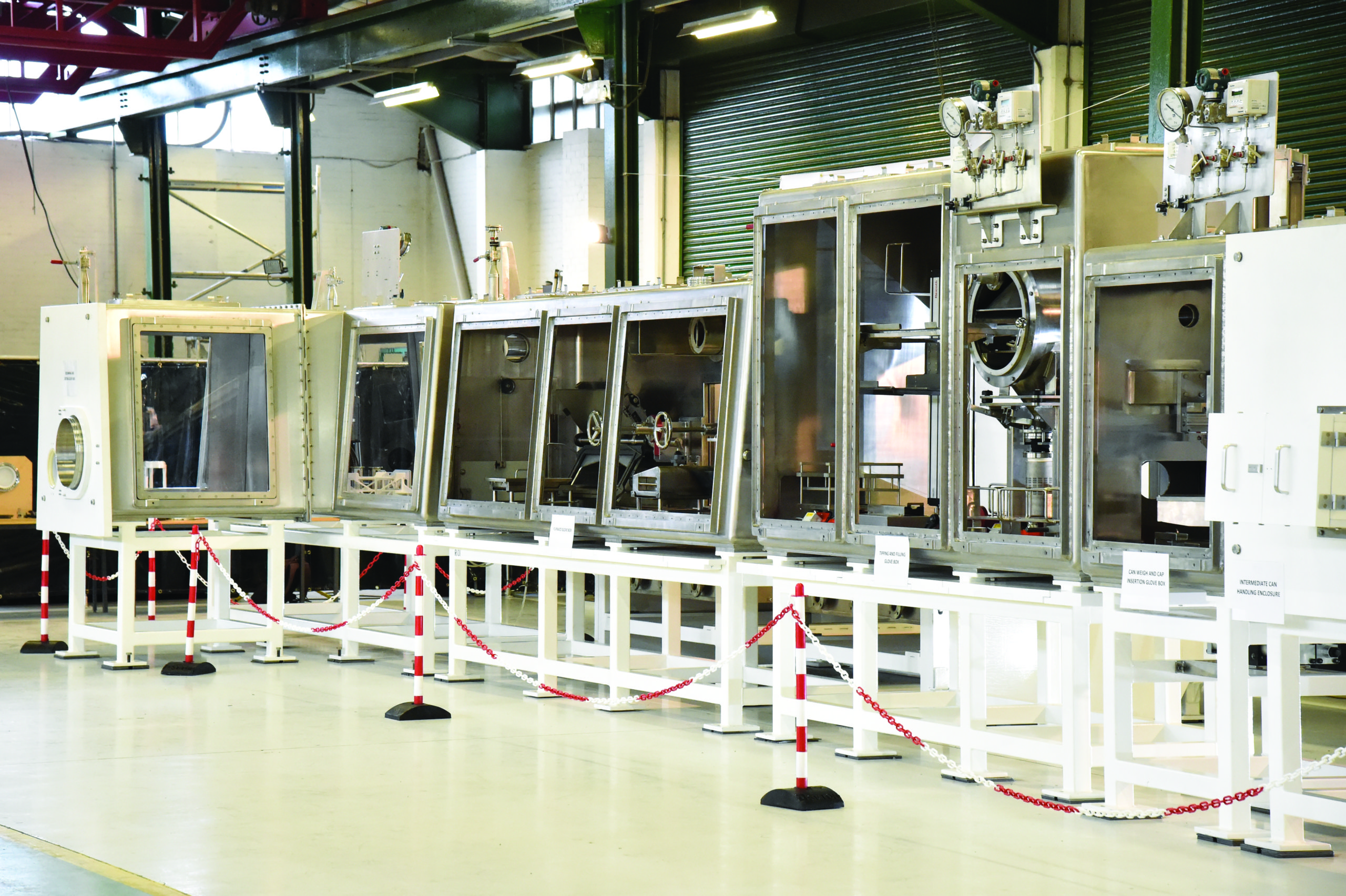
Project details
Aims and objectives
Aquila won the contract for the manufacture, assembly and functional testing of a Vacuum Containment Vessel, and a Primary Circuit for a Permeator, for the United Kingdom Atomic Energy Authority (UKAEA).
About the client
DSRL is a wholly-owned subsidiary of the Cavendish Dounreay Partnership Ltd, a consortium of Cavendish Nuclear, Jacobs and AECOM. It is funded by the Nuclear Decommissioning Authority (NDA) to deliver the site closure programme. Today, Dounreay is a site of construction, demolition and waste management, all of it designed to return the site to an interim end state. The experimental nature of many of its redundant facilities means the clean-up and demolition requires innovation as well as great care.
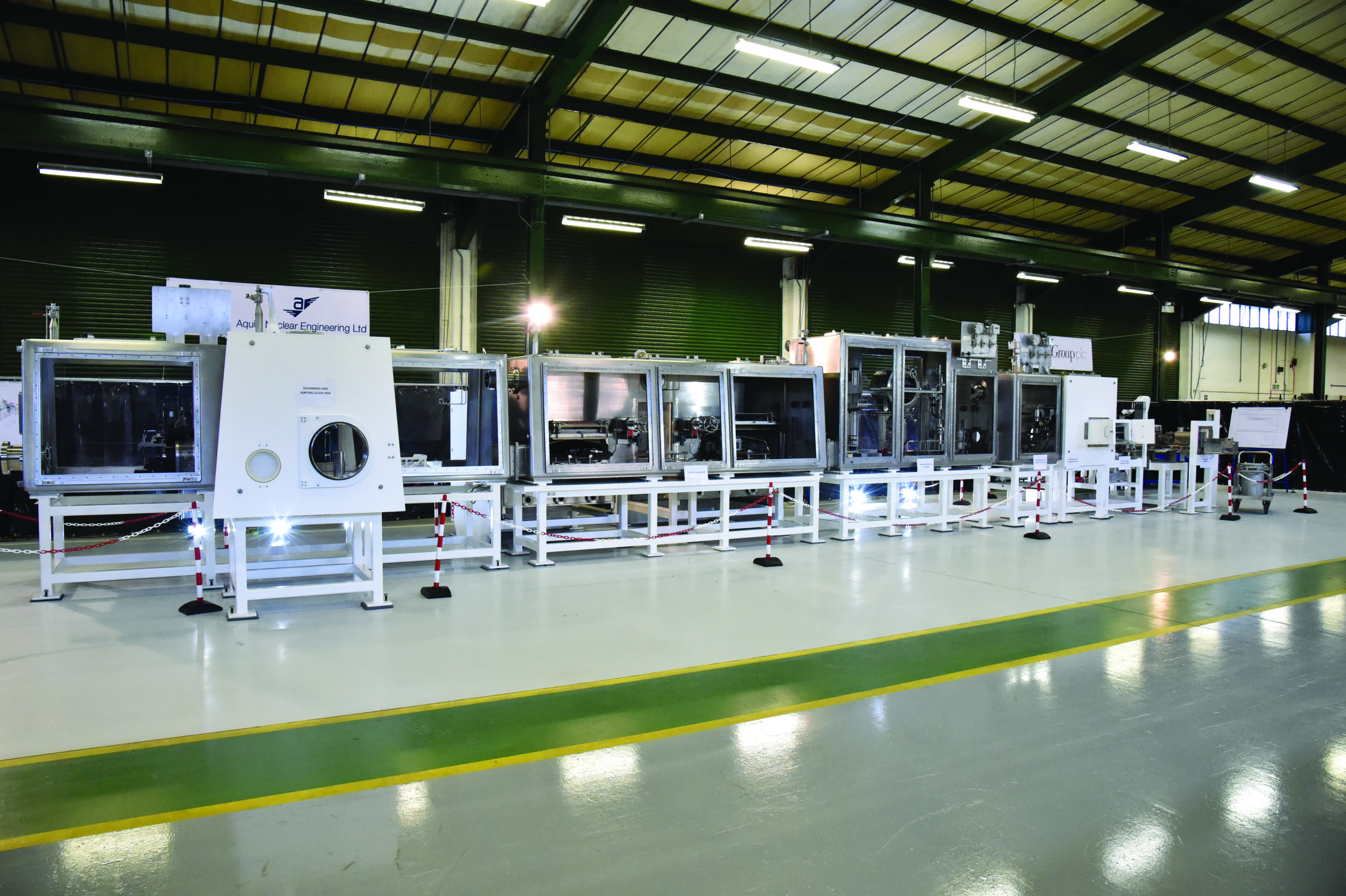
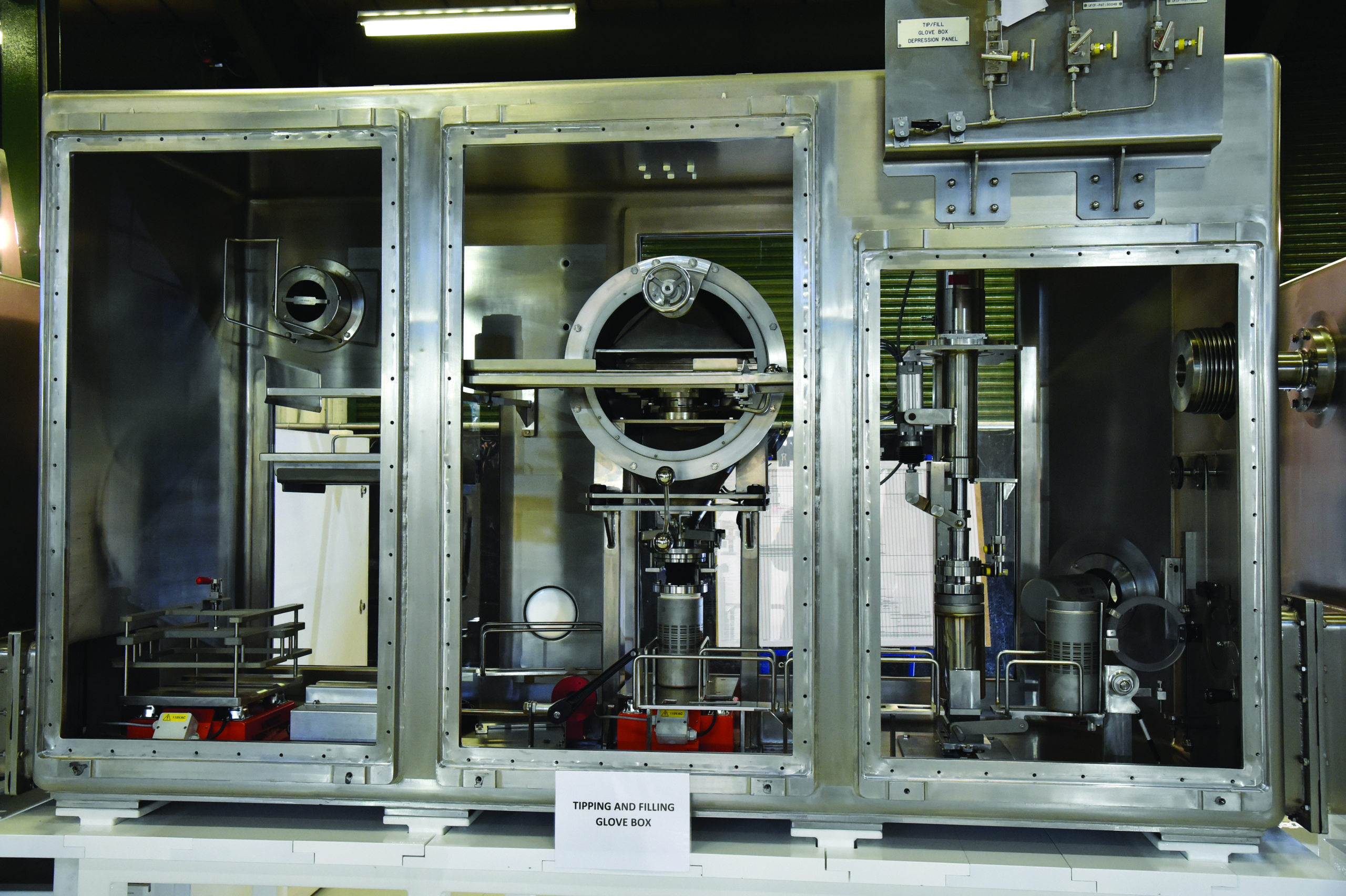
Project Overview
Dounreay is partway through its decommissioning programme, one of the largest in Europe, and the return of its re-useable fuel inventory to national stocks is a key part of the site closure plan.
The NDA inherited approximately 100 tonnes of nuclear fuel at Dounreay – a legacy of 20th century R&D into more efficient ways to generate electricity from fast breeder reactors. The UK-owned fuel began to leave the site in 2012 following the Government decision to consolidate the UK’s fuel inventory at Sellafield in Cumbria.
The fuel characterisation facility will process 13 tonnes of unirradiated material, including two tonnes of plutonium, currently stored in several locations around the Dounreay site in various solid forms. The process line consists of a series of gloveboxes which will allow operators to handle the fuel without coming into direct contact with it.
The first stage involves the removal of the fuel from its current storage containers, with the fuel being placed into trays ready for characterisation and heat treatment at up to 1,000 degrees Celsius to remove organic materials and moisture.
Samples are then taken to ensure the fuel meets the criteria for long-term storage; it is then placed in a series of secure storage cans, reminiscent of a ‘Russian doll’. The cans then go through a series of tests to check the integrity before they are certified ready to be taken to Sellafield.
Scope of projects & solution
The £10m design and fabrication contract brought together suppliers from across the UK with the engineering skills capable of meeting the exacting standards of the nuclear industry.
Commercially off-the-shelf technology has been included with the design which delivers significant cost saving. The process line incorporates near proprietary can openers, adopted from the food industry, originally designed to provide a smooth rim when opening cans of food.
These will be used to open the original plutonium storage containers, which have been welded shut inside the sealed process line, ensuring that no ragged metal is left in the opening process which could puncture the special gloves used by the system operators. Once all testing has been completed, the process line will be transported to Dounreay where it will be reassembled inside a building that, until the equipment it held was decommissioned, had been used for development of nuclear fuel reprocessing and waste treatment techniques.
Commissioning of the line is expected to take a further six months and, subject to regulatory agreement from the Office for Nuclear Regulation, the operation of the line is expected to last for three years.
Summary
The project is being delivered for the Nuclear Decommissioning Authority by DSRL, a subsidiary of the Cavendish Dounreay Partnership.
“This is a vital facility in a number of ways. It forms a key part of the UK and NDA strategy for the long-term management of Britain’s nuclear fuel by getting the material at Dounreay into a condition that makes it suitable for the transfer to Sellafield. At a site level, the removal of the fuel will take us a step nearer to our goal of closing down the site and handing it back to the NDA in a condition that is safe for future generations.”
Andy Beckwith
Director of fuels and waste, DSRL



